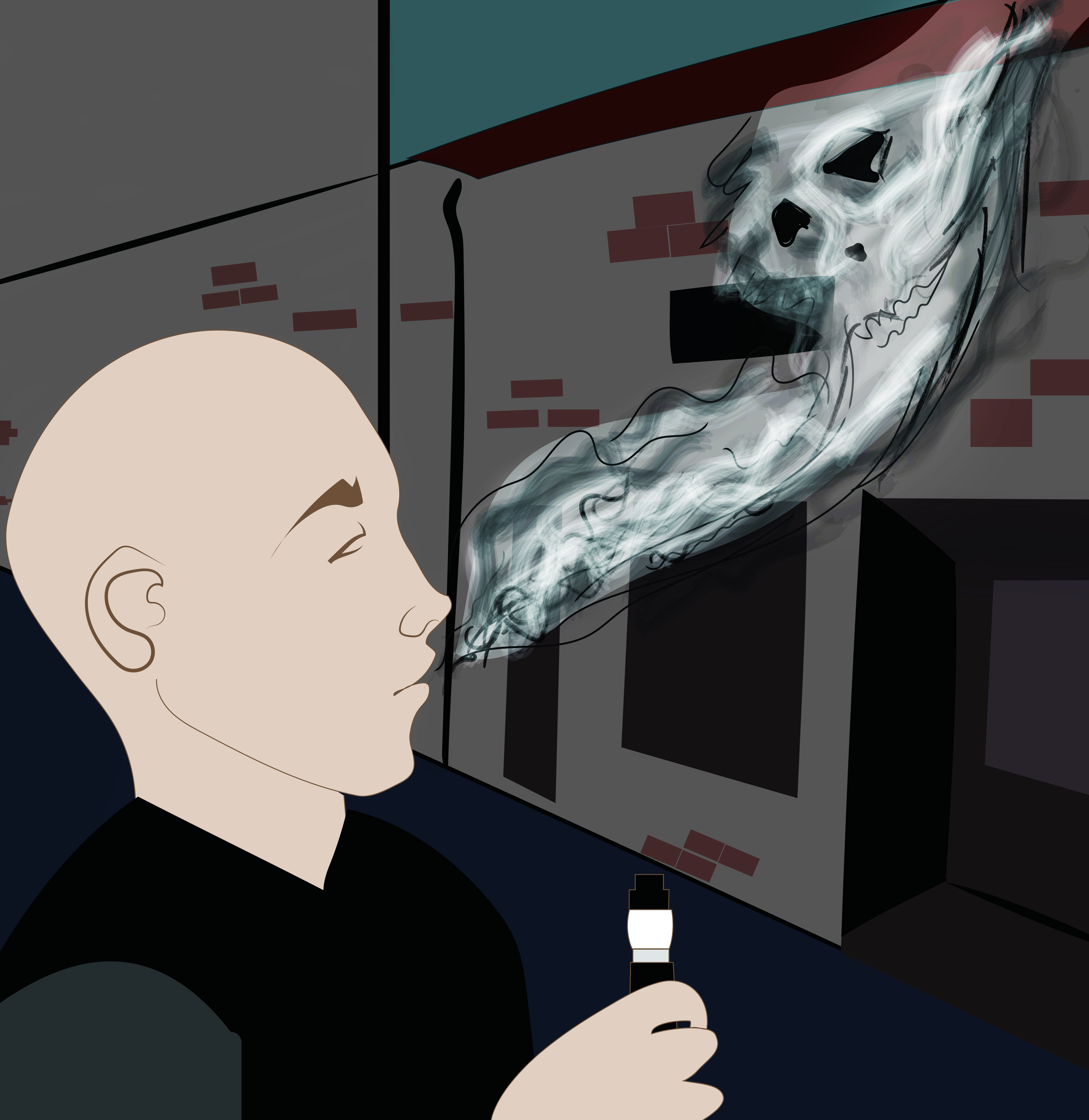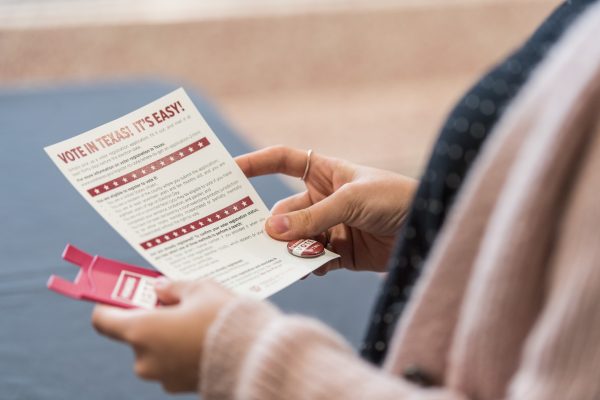With hundreds of vape-related illnesses confirmed by the Center for Disease Control and Prevention this month, Texas Woman’s University students are split on how they are taking the recent updates with the vape-related disease.
Senior medical laboratory technology major Taylor Kennedy started vaping this past summer, but she stopped after she noticed that it was negatively affecting her body.
“I am very aware of my body, and I started to do research when I noticed my asthma was being more and more prevalent,” Kennedy said. “I stopped [vaping] after noticing that my asthma was getting worse, and I started to have to use my inhaler more frequently. I am glad I did with the rising rates of deaths I have been seeing.“
The CDC does not know the specific cause for the lung illnesses, but the organization is working with the Food and Drug Administration and state health departments to record information about recent electronic cigarette products used by patients and test the chemicals in vaping items. As of Sept. 19, there are 530 confirmed cases of lung injury across 38 states and one United States territory. Many of the affected individuals have reported using e-cigarettes containing tetrahydrocannabinol known as THC, the chemical ingredient that responsible for creating a high sensation. Other patients have used products with THC and nicotine.
Currently, the CDC believes the cause of the illness is chemical exposure. Patients have reported experiencing respiratory symptoms including shortness of breath, chest pain and coughing. Other reported symptoms include vomiting, fatigue, fever and abdominal pain.
Despite the fact there is not a lot of knowledge on what is causing the vape-related illness, Dr. Constance Menard, the director of Student Health Services, expects that the investigation will affect the future of vape products.
“I anticipate vape products are going to change in the future, and I don’t think anyone can predict exactly how right now, based on current knowledge,” Menard said. “Flavorings are likely to change, and the legal age to buy tobacco products will change in many states, as it recently did in Texas with legal age increased from 18 to 21- except for members of the state or US military where it remains 18- are some examples.”
Senior psychology major Amanda Wicker has the opposite view. Wicker did hear about the vape-related illness, but said she tries to ignore it. Wicker started vaping three years ago after a friend suggested that it might help her feel less stressed.
“I basically use it when I’m really stressed,” Wicker said. “When stuff with my family, school or work start piling up, that is when I start using it more. I have friends who do vape, so when I’m around them, I use it more. It’s more social. “
Menard recommends TWU students follow the CDC recommendations, which include refraining from using vape products.
“All [of the CDC’s recommendations} are important, but I’d like to highlight not buying products off the street or modifying products for uses or substances not intended by the manufacturer,” Menard said.
Plamedie Ifasso can be reached via email at pifasso@twu.edu.







I’m just now reading this. As a TWU student and a recently turned 48 year old (hating it!) I have a few things to say here. I smoked for 22 years. I quit easily 9 years ago when I bought my first PV. Quitting smoking was actually an enjoyable experience and I’m so glad I did. Have I quit vaping? No. I don’t care to do that because I love it. I’ve had many friends though that have also quit vaping – not from dangers but because it was their intent.
PVs, aka e-cigs, are recommended (and this can be confirmed on the CDC website) for adults only who quit smoking. They are specifically NOT recommended for individuals with asthma or any other lung disease, minors, people that are still smoking and people that have never smoked. They are also not intended to be used in combination with THC products. In fact, it’s not e-cigs that are under scrutiny by the CDC. It’s THC vaping products.
I can tell you that I would have never quit smoking without my PV. I tried everything. It’s not the PVs or the juice. It’s misuse by people that have no business vaping. The news covers these minors that have died from it, reportedly, and it’s always their parents who are speaking out and knew that their children were vaping. So why did they let them? The responsibility shouldn’t fall on the vape stores. These stores are usually started by former smokers that just want to spread that joy. The juice that’s sold has 4 ingredients. Do you know how many ingredients are in a cigarette? I used to work for The Liggett Group, the tobacco manufacturer that exposed the truth about cigarettes causing cancer years ago. A cigarette contains over 200 cancer causing ingredients. E-juice? ZERO.
The news, however, points their fingers to e-juice as the culprit when it’s the person that was vaping but was warned against it that should be ultimately accountable for their own actions. Big tobacco is losing BIG HUGE MONEY due to sooo many people quitting smoking. I feel certain so are doctors, the American Cancer Society and their billions of dollars they receive in donations every year, and the government that HEAVILY taxes cigarettes (it costs about 50 cents to make a pack and they sell for 5-15/pack). They want their piece of the pie. And here’s a good one. Second hand smoke? That doesn’t even exist with vapers because there have also been zero carcinogens detected in second hand vape.
So that’s my rant. It’s a bunch of misinformation is what it is. If you want to know the truth, go to the CDC site itself and read the truth.